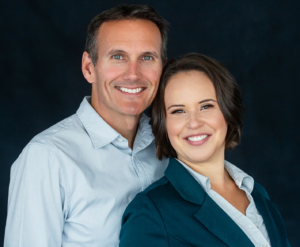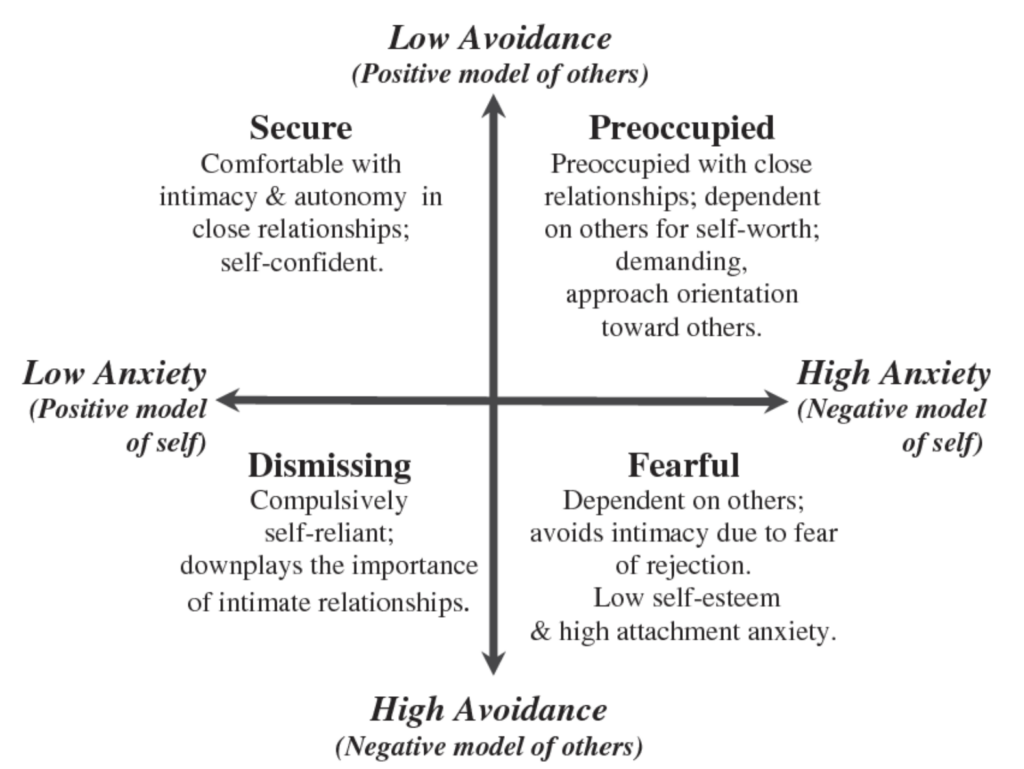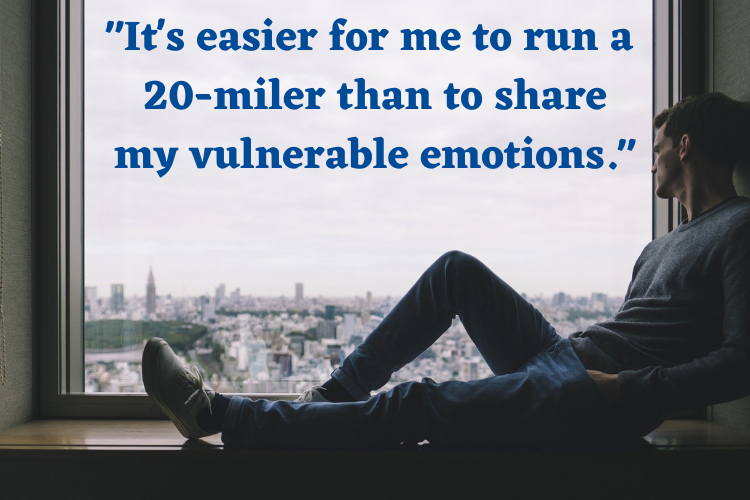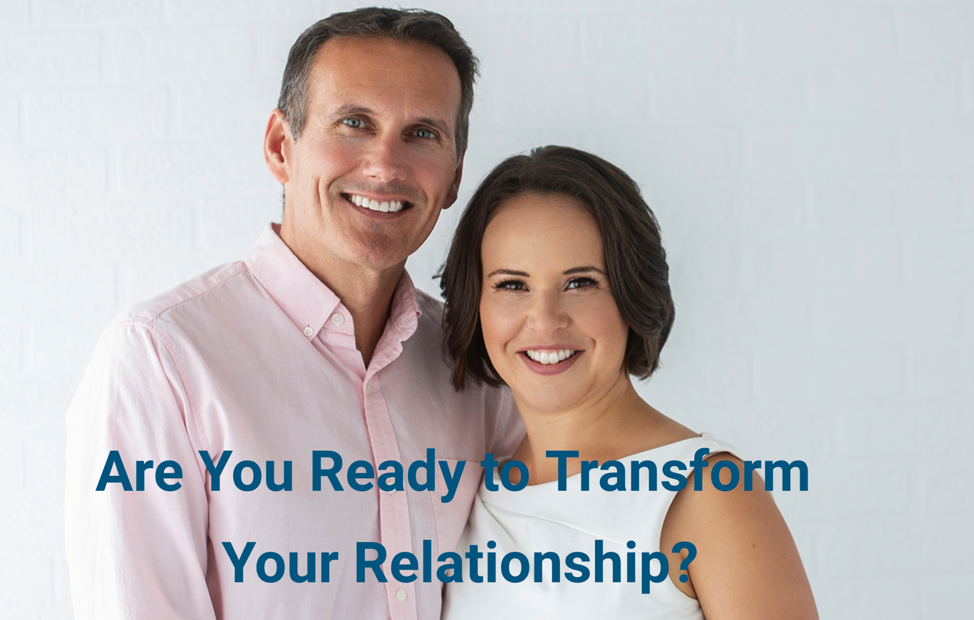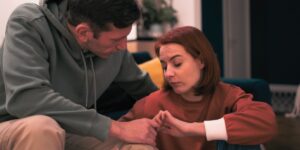
Four Essentials to Make Peace After Arguing
After a tough argument with Michael, I realized how important it is to handle the moments after a fight with care. In this post, I share what helped us come back together with honesty, understanding, and emotional clarity—tools that any couple can use to navigate the messy but necessary process of making peace.

